Champagne in its region
The geographical area of the Champagne appellation is spread over five departments (Aisne, Aube, Haute-Marne, Marne, Seine-et-Marne) and three administrative regions (Grand-Est, Hauts-de-France, Ile-de-France)
34,300 hectares in 319 villages, with 15,800 winegrowers (who own 90% of the surface area), including 1,860 manipulants (those who make everything themselves from the grape to the bottle), 320 Champagne houses (which make 70% of the volume) and 40 co-operatives.
7 varieties !
Blanc de Noirs (this expression typical for champagne) names the wines that exclusively are produced with the dark varieties Pinot Noir and Meunier (blended or not). Detailled descriptions on Plantgrape.
Pinot Noir
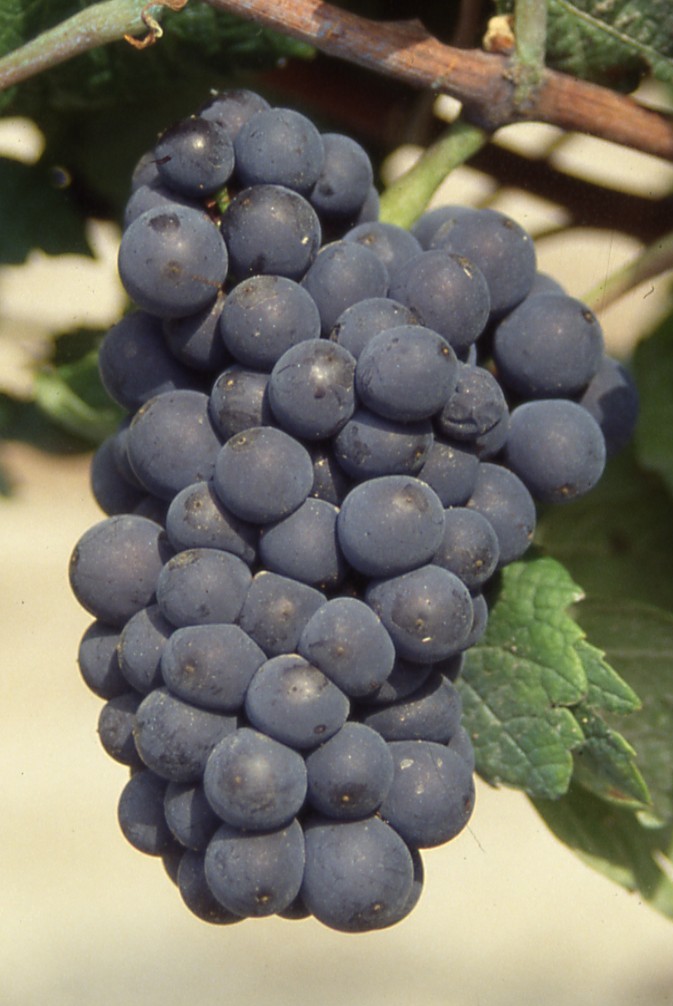
Pinot Noir is one of the oldest grape varieties. It was reintroduced to France in 1395 by Philippe le Hardi, then Duke of Burgundy, who forbade the cultivation of Gamay on his lands, judged too common. Pinot noir is a grape with small, tightly packed berries, sweet, colourless juice and early ripening, which is particularly suited to chalky soils and a temperate climate. Unstable and fragile, it can oxidise quickly and requires a lot of care. Its main characteristic is its supple and silky texture, with elegant and fine tannins, and its morello cherry aroma. Vinified pure most of the time, it is self-sufficient. In Champagne, Pinot Noir dominates with 12900 ha, with 37% of the vineyard. Its two favourite regions are the Côte des Bar (which produces more than half of it) and the Reims mountain. It is the grape that gives the wine its structure and body.

Pinot Meunier

The meunier is a late budding red grape variety that is particularly resistant to the winter weather conditions of Champagne. It is very present in the Champagne vineyards where it represents one third of the vineyard. Rarely used alone, the meunier is a wine blended with the other Champagne grape varieties, pinot noir and chardonnay.

Pinot Gris

Pinot gris is a grey grape variety mutated from pinot noir. It originates from Burgundy where it is called pinot beurot in reference to the colour of the grey robes worn by the monks in the region. Pinot Gris differs from Pinot Noir only in the colour of its berries, which vary from pink to blue-grey. Sometimes some vines bear grapes of both colours, or even three colours (black, grey and white).
Less productive than pinot noir, this variety is particularly fond of deep, relatively dry and well exposed limestone soils; the continental climate suits it well, as it resists the cold in winter and spring frosts. It produces fragrant, golden yellow wines with a juicy pulp.

L'Arbanne

Arbane is a very old white grape variety from the north/east of France, coming from the Aube region and more precisely from the Champagne region. A forgotten variety, a few winegrowers nevertheless continue to use it according to very strict regulations. The Comité Interprofessionnel des Vins de Champagne wishes to preserve the use of traditional Champagne grape varieties. Arbane is made up of small bunches with small berries with a very sweet pulp. It is a late grape variety that needs sun and heat to concentrate all its sugars. It gives a wine rich in alcohol, elegant and lively, with a floral nose and good acidity.

Le Petit Meslier

Grown in the eastern part of France, Petit Meslier has been identified as a hybrid of a Savagnin and a Gouais. It is also known by other names such as hennequin, mayer or red tail. This grape variety grows on a rather clayey limestone soil and is sufficiently exposed to the sun, it gives a fairly good production. It fears grey rot and mildew. This variety has small, conical bunches. Red stalks support them.
When ripe, the berries of the Petit Meslier are golden yellow in colour. They have a rounded shape with a juicy and tasty pulp. The skin is delicate and golden-yellow in colour.

Pinot Blanc

Pinot blanc is a grape variety from Burgundy, a mutation of pinot gris. Pinot Blanc (also called Klevner) combines freshness, structure and suppleness. Discreetly fruity, with aromas of peach, apple and some floral nuances, it develops a spicy touch in the mouth. Pinot Blanc is also used for crémants and sparkling wines.
The continental climate, with its cold winters and hot summers, is particularly suitable for this variety. It is frost resistant and in summer the roots draw the minerals they need from the soil. Its bunches are made up of small berries with thick skins and melting pulp, which produce fruity, spicy wines with a good balance between acidity and alcohol.
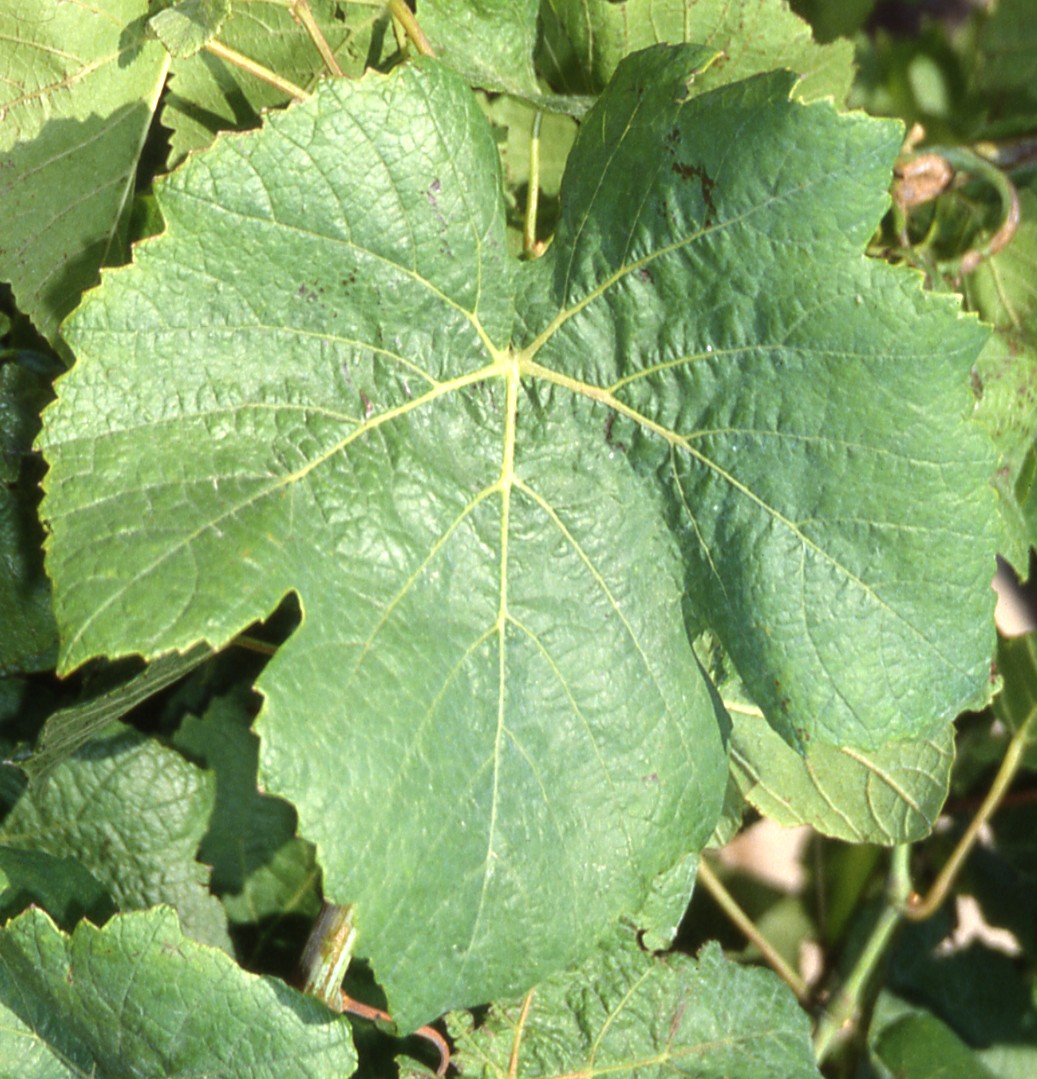
Chardonnay

Chardonnay only appeared in France at the beginning of the 20th century. Until the end of the 19th century in Burgundy, there was no trace of this variety. At that time, only pinot blanc and beurrot (another name for pinot gris) prevailed. For a long time, Chardonnay was mistaken for Pinot. So its implantation is relatively new and its development recent. Chardonnay is in fact a cross between two other plants: the aristocratic pinot and the commoner gouais, a mediocre grape variety from the Middle Ages, now present in the Valais.
Chardonnay is a bright, golden grape with spherical or slightly elongated berries, which produces fine, racy still or sparkling white wines, most often vinified pure. It is especially renowned for its elegance and its ability to produce pleasant wines quickly, easy to marry. As it ages, the aromas evolve towards mocha, roasted and toasted notes.

Dosage, Rosé, Ratafia ...
During the ageing process in the cellar, the bottles spend between 15 months and several years lying down, closed by a capsule. Over time, the fermentations have left a natural deposit. Riddling is the operation that will allow this deposit to go down into the neck of the bottle by moving it from horizontal to vertical. The deposit will then be expelled by the pressure during disgorging.
At the same time, the dosage liqueur is added, composed of sugar and reserve wine. The quantity added to the bottle depends on the type of champagne required: from the most natural to the sweetest. The sugar already naturally present in the grapes is taken into account for the dosage classification.
Extra-Brut
0 to 6 g sugar/l
Brut
6 to 12 g sugar/l
Extra-Sec or Extra-Dry : 12 to 17 g sugar/l
Sec
17 to 32 g sugar/l
Demi-Sec
32 to 50 g sugar/l
Doux
> 50 g sugar/l
Our champagnes Didier Dépit from the grapes of the Baulne-en-Brie and Le Breuil vineyards

Zero dosage 0g sucre
Champagne not dosed at disgorgement, a 100% meunier blend which is a brut nature, without any addition of sugar or bisulfite at disgorgement.
Extra brut 1g sucre

Champagne with minimal dosage at disgorgement with the addition of 1g of sugar.
Brut 5-10g sucre
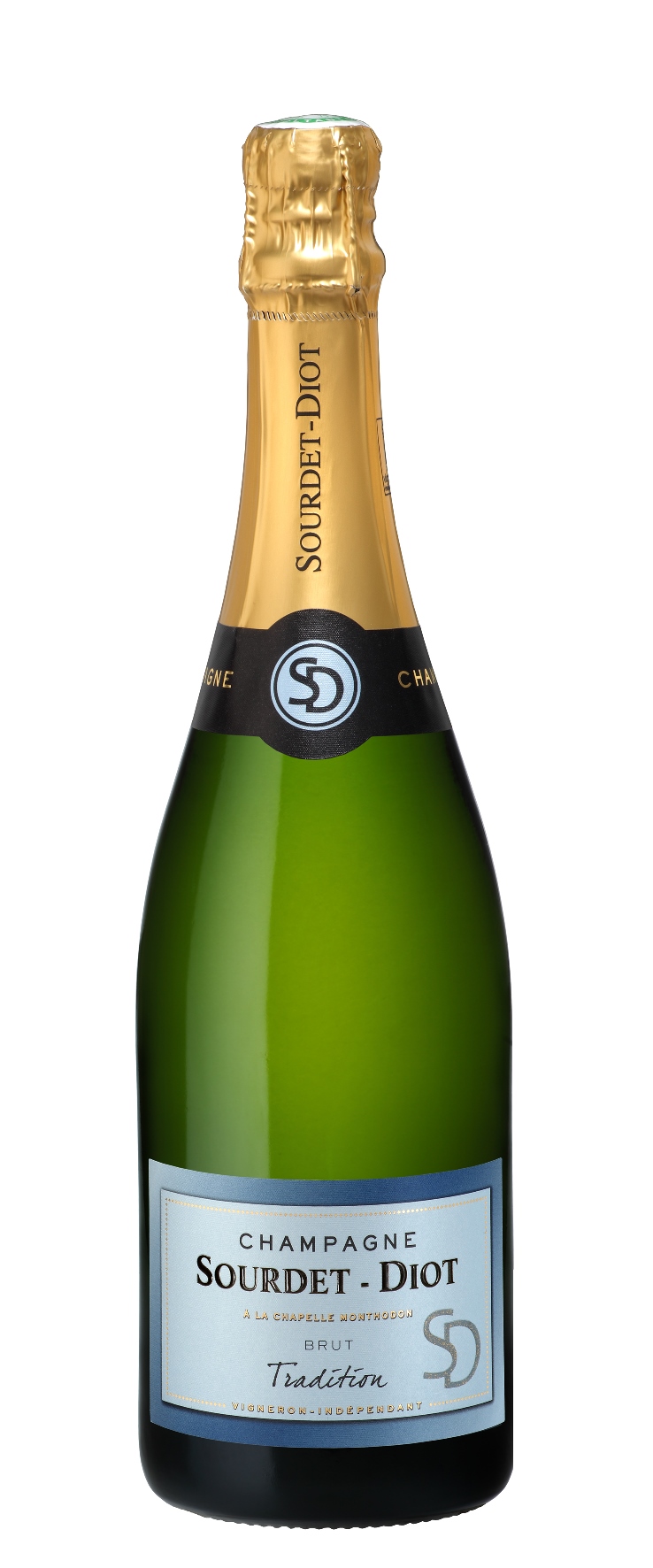
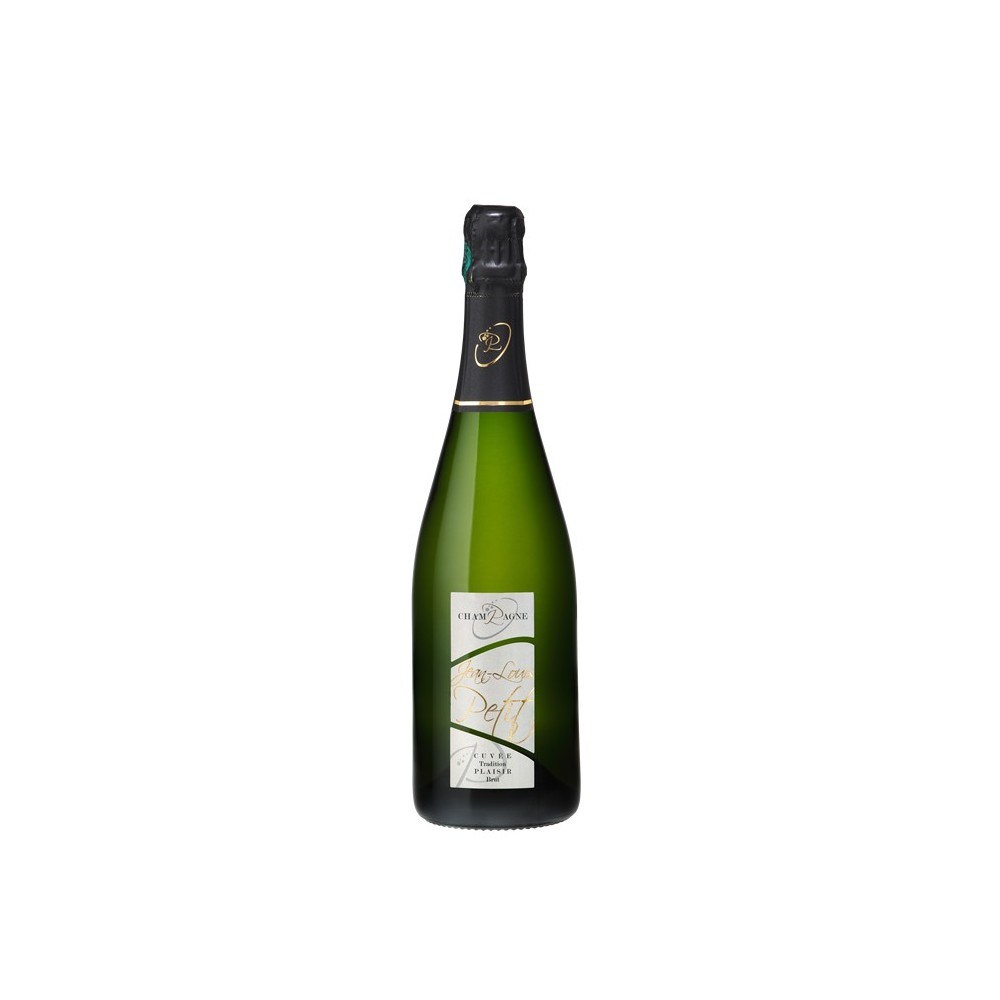



Demi-sec 30-50g sucre
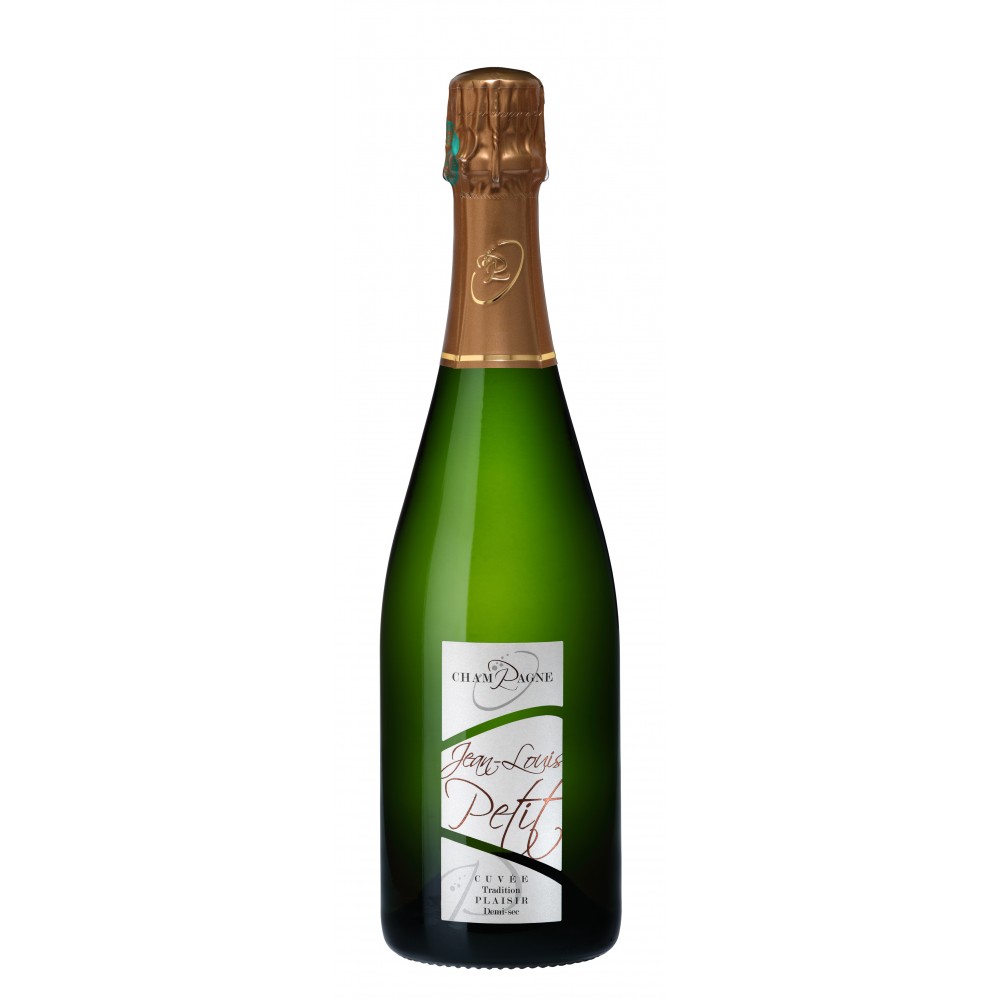


Rosé






The Champagne appellation is the only one authorised to produce a rosé from red and white wine.
Rosé de Saignée



Rosé de Saignée de pinot Meunier, with 36 hours maceration with its skins, devatting and vinification in small stainless steel tanks.
Millesime




Ratafia
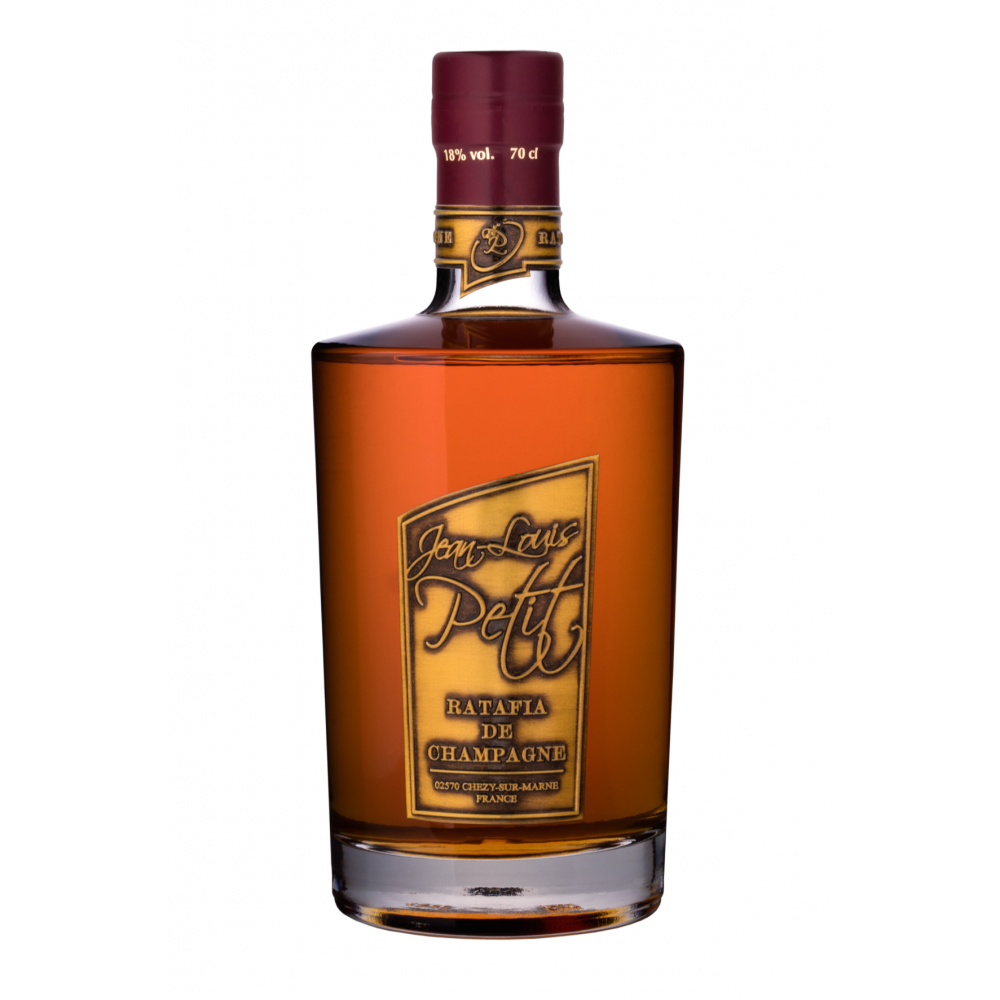
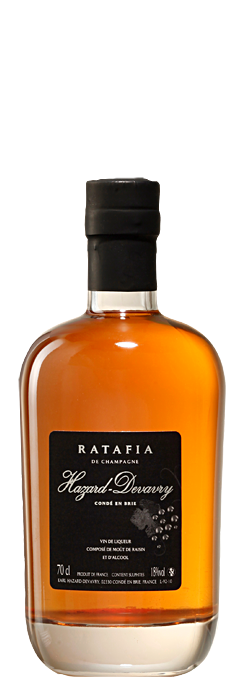
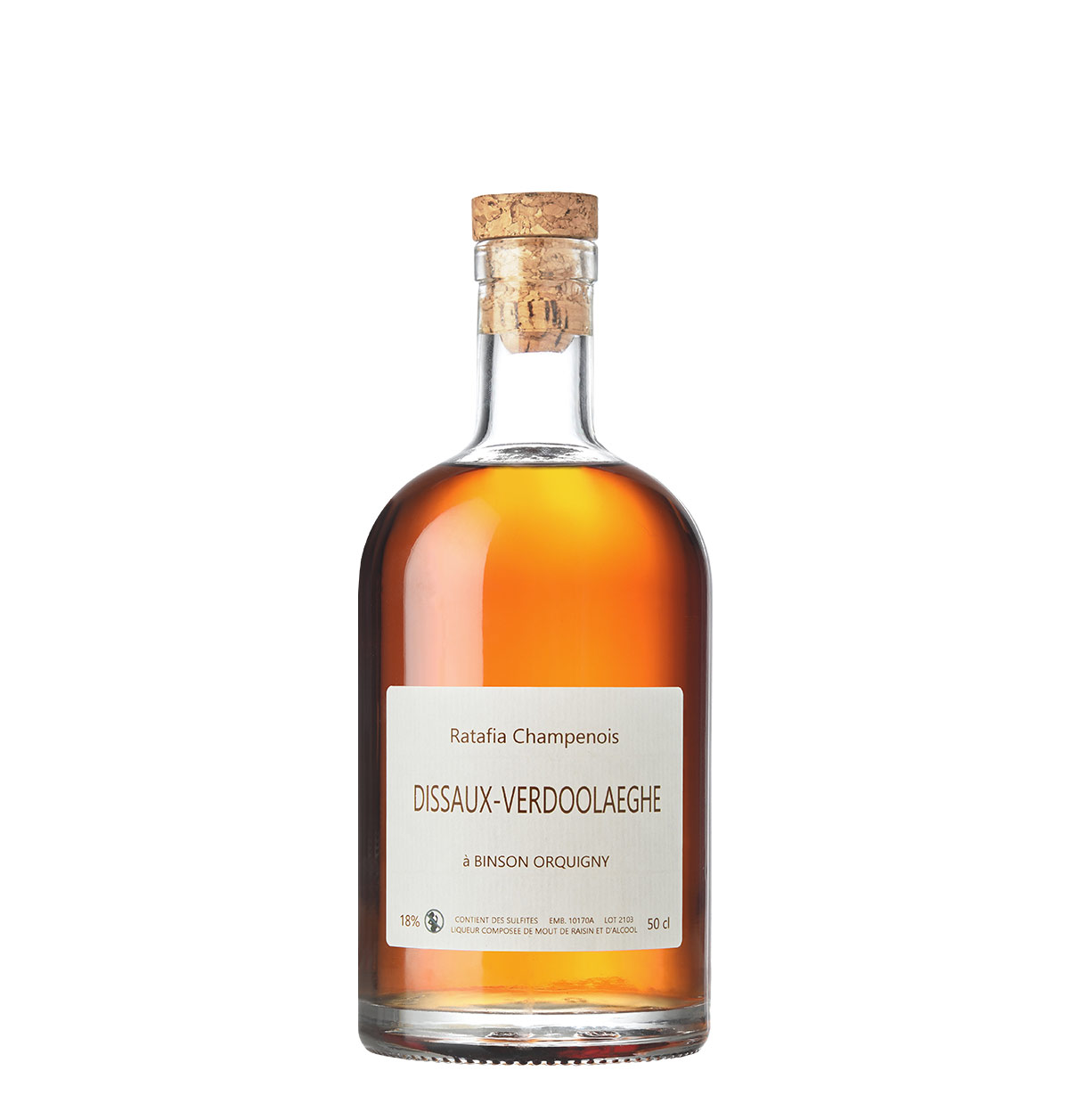

Composed of Eau de Vie de Champagne and grape must at the exit of the press. The Eau de Vie blocks the alcoholic fermentation and allows to keep all the aromatic potential and the sugar of the grape.
Fine Champenoise
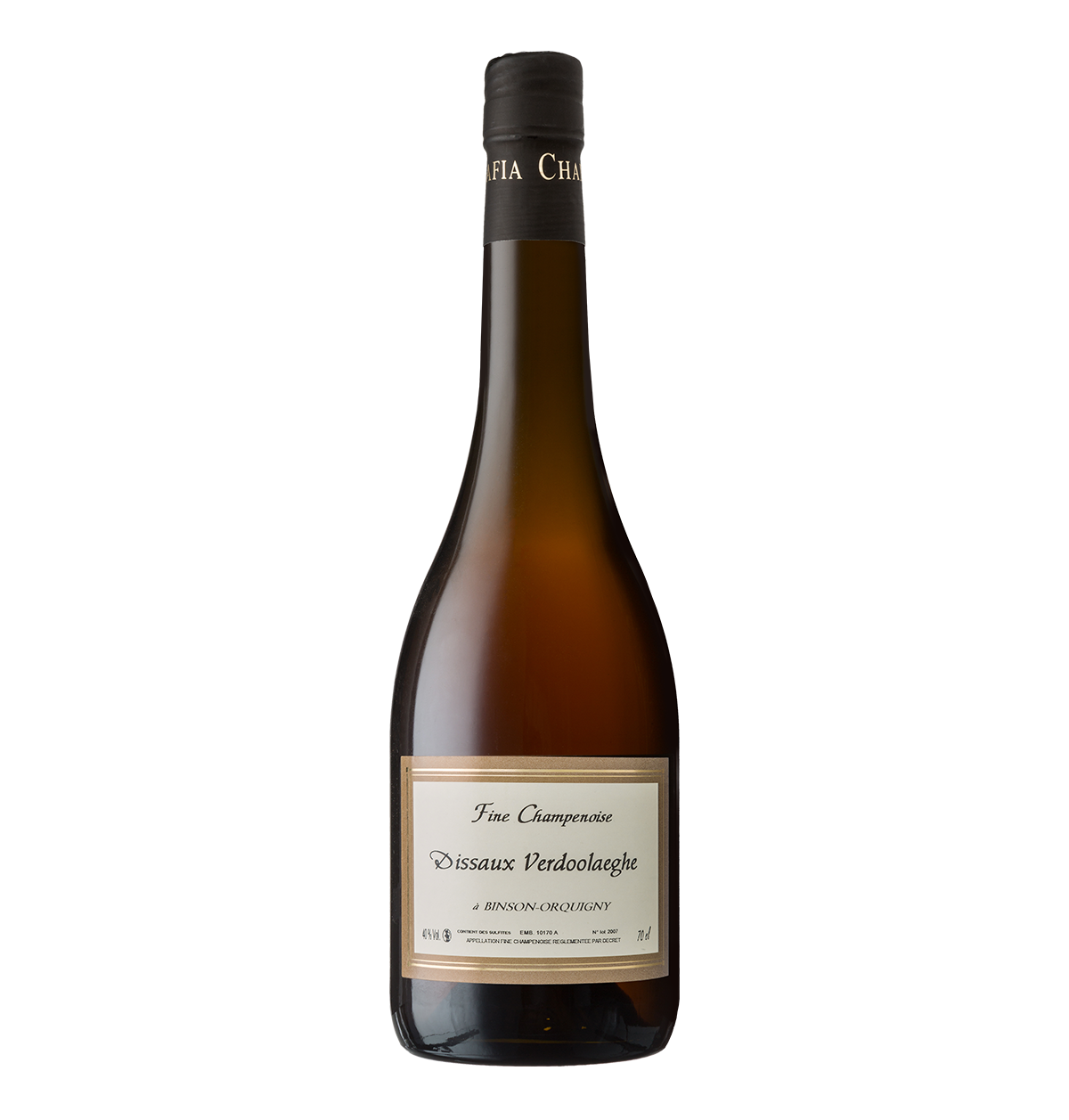
Delicate and harmonious, this eau-de-vie is obtained by the traditional distillation of grape must coming exclusively from the Champagne vineyards.
Vieux Marc Champenois
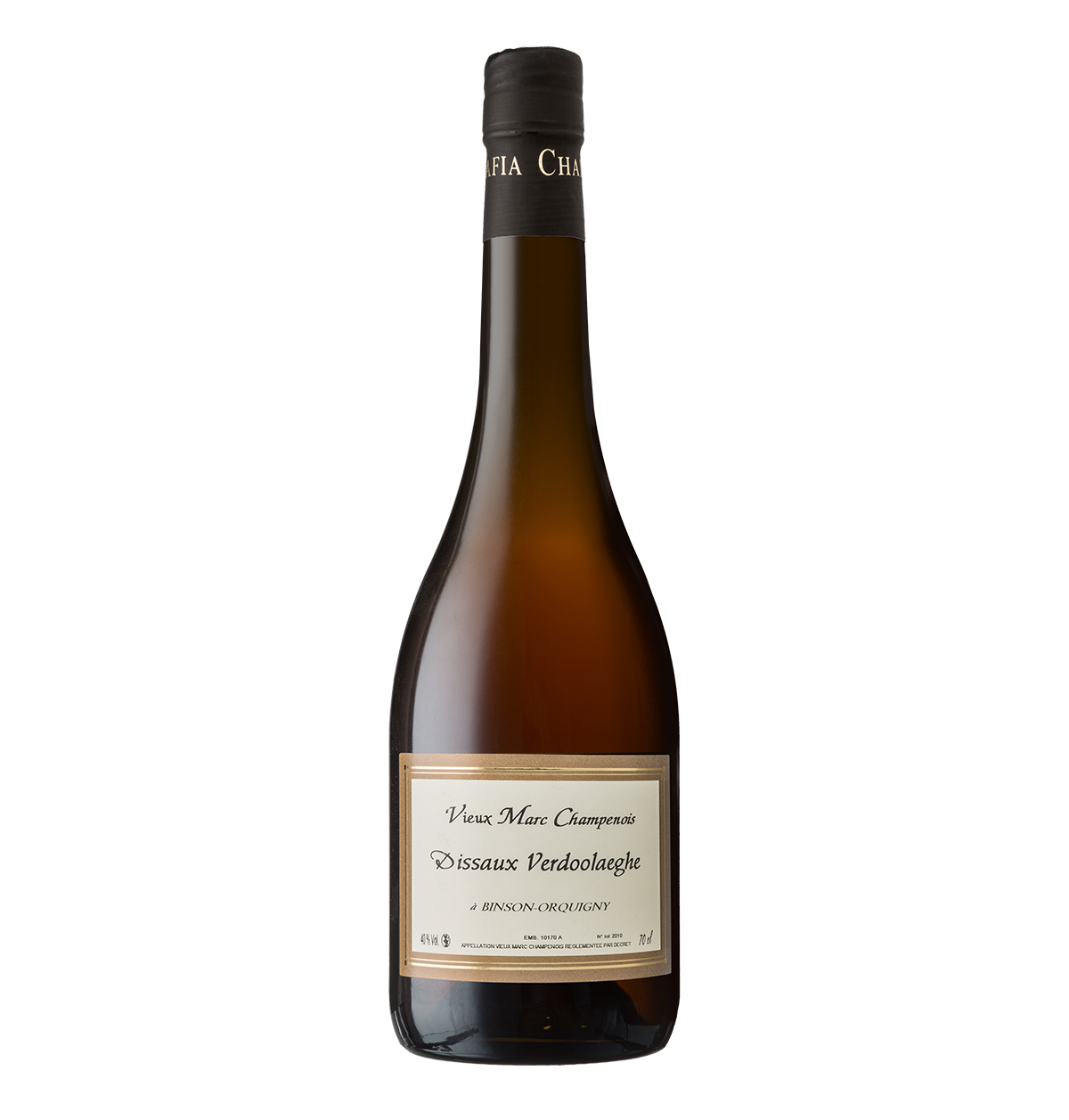
This eau-de-vie is obtained by distilling grape marc, exclusively from the vineyards of Champagne.
Blanc de blancs



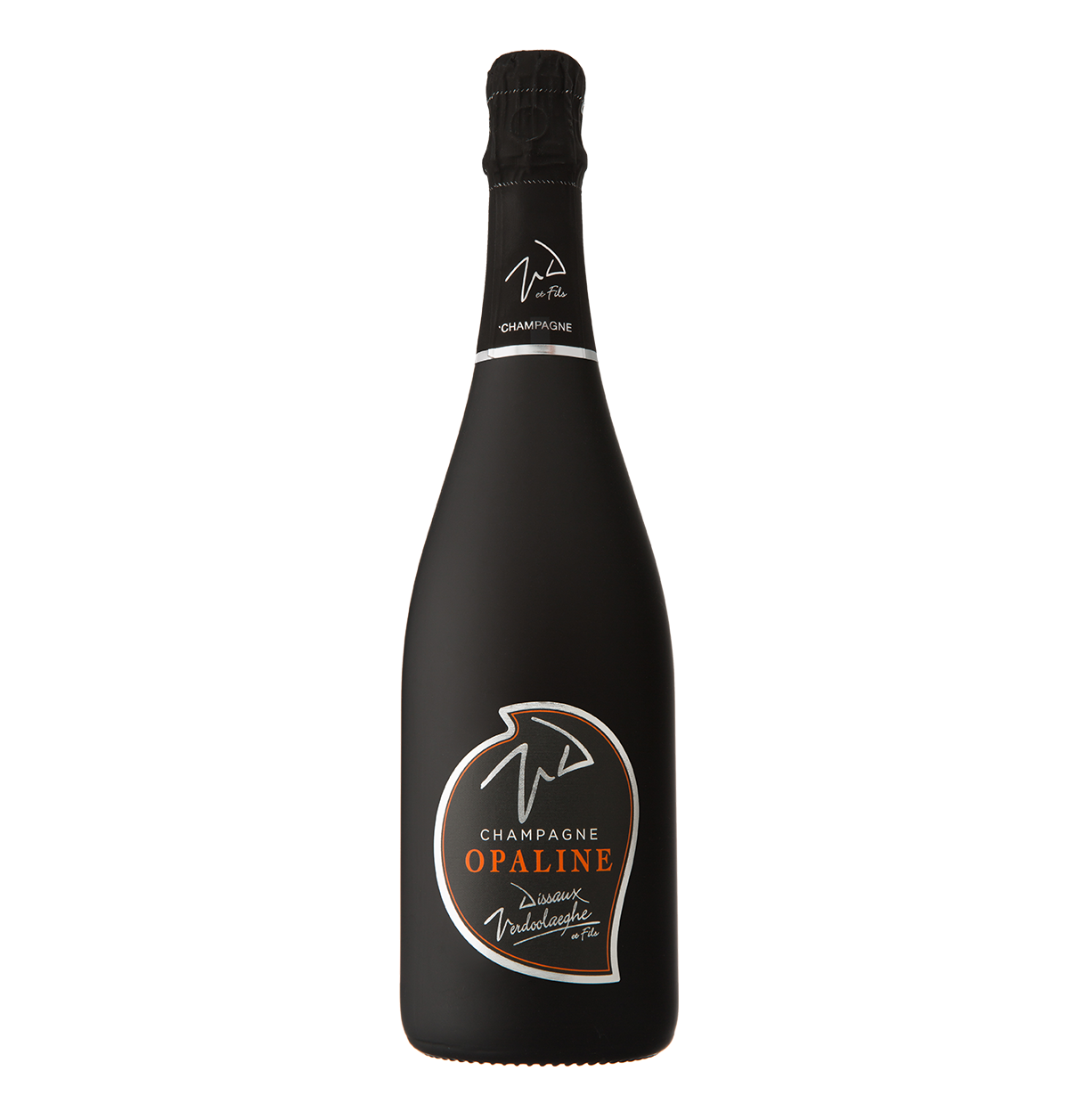
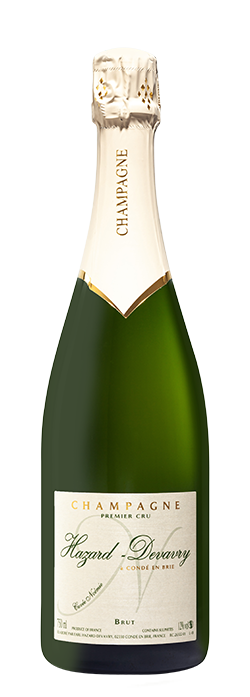

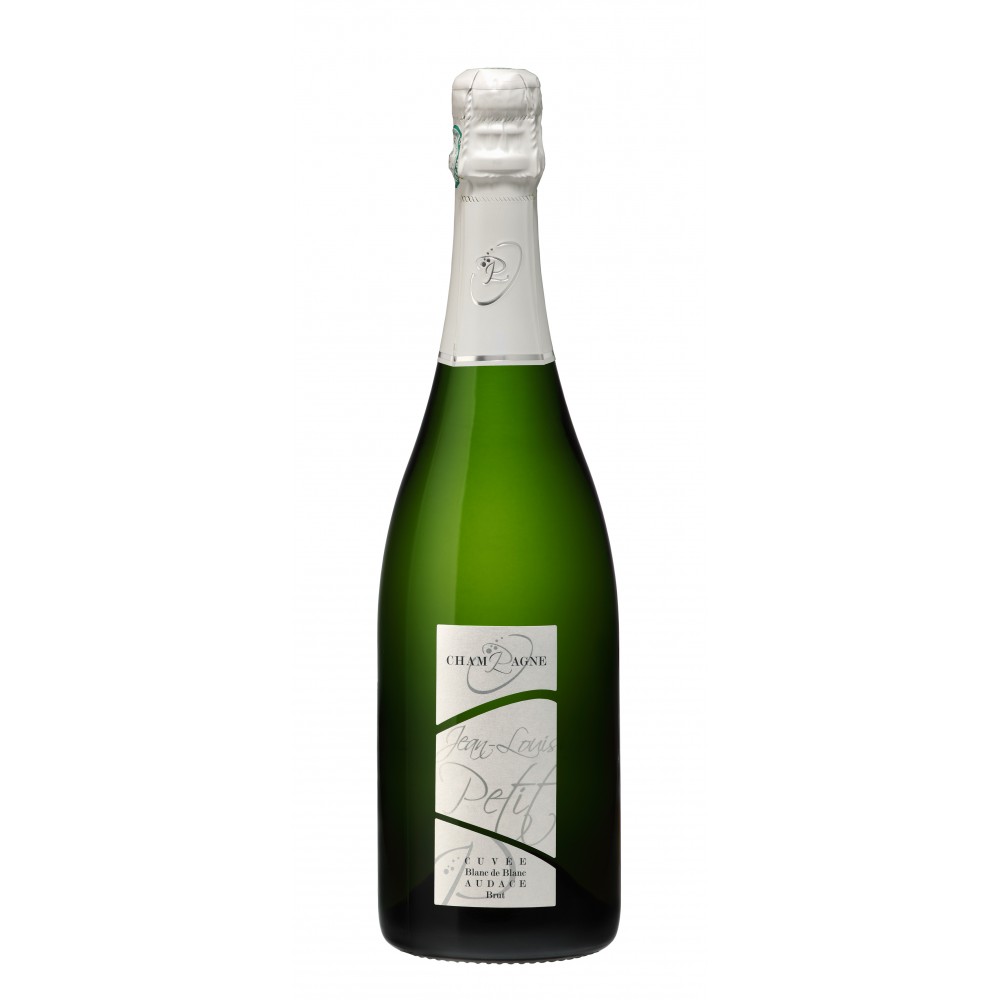

Champagne made only from white grape juice, nowadays chardonnay.
Blanc de noirs
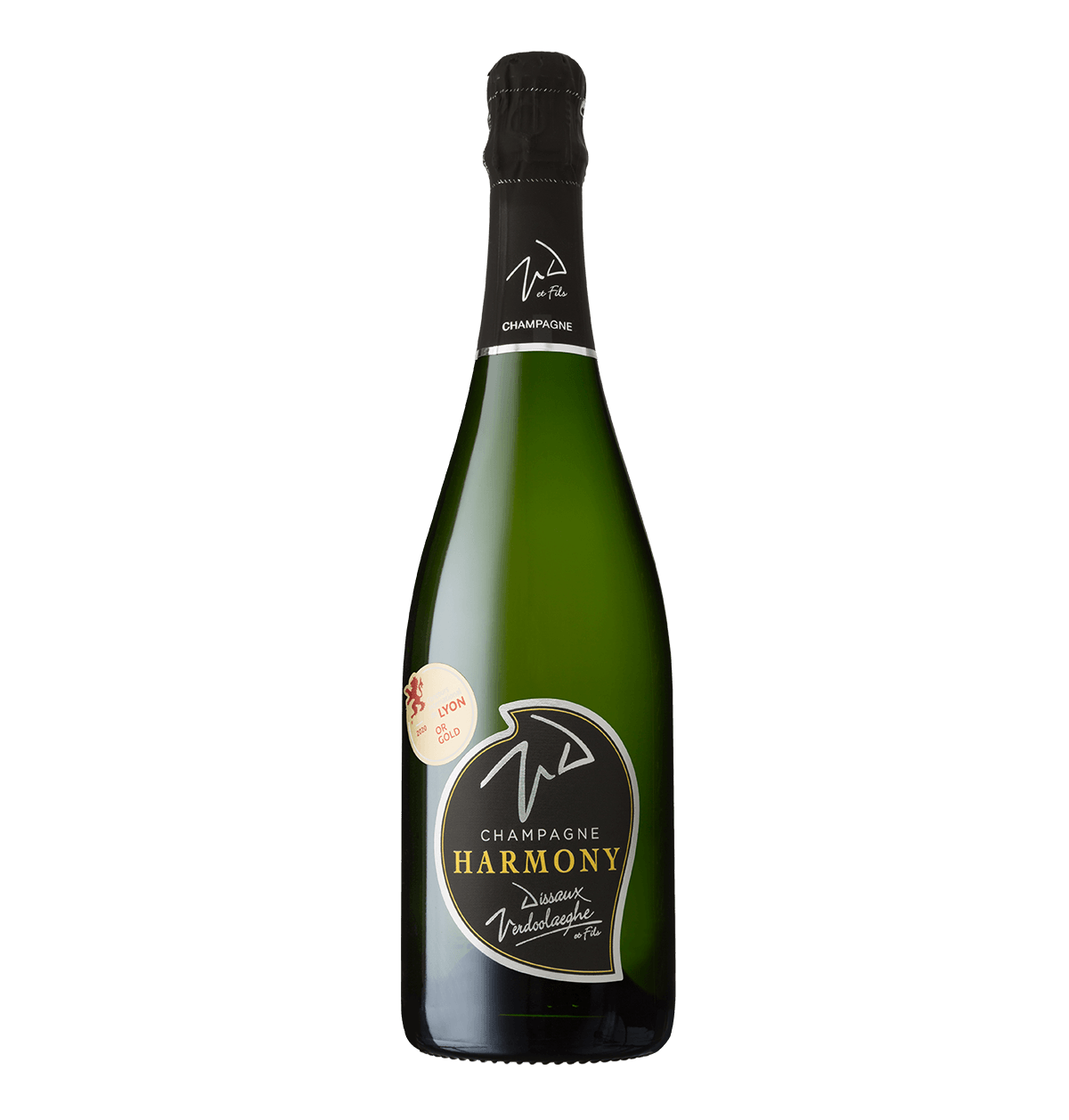
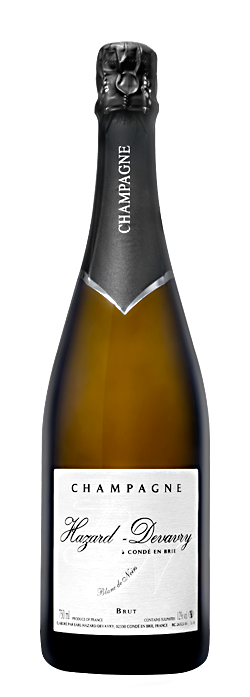
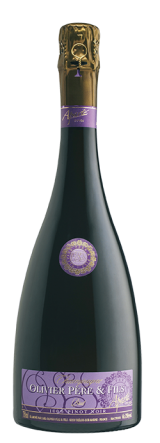
Champagne made only from the juice of black grapes, pinot noir and pinot meunier.
100% Meunier
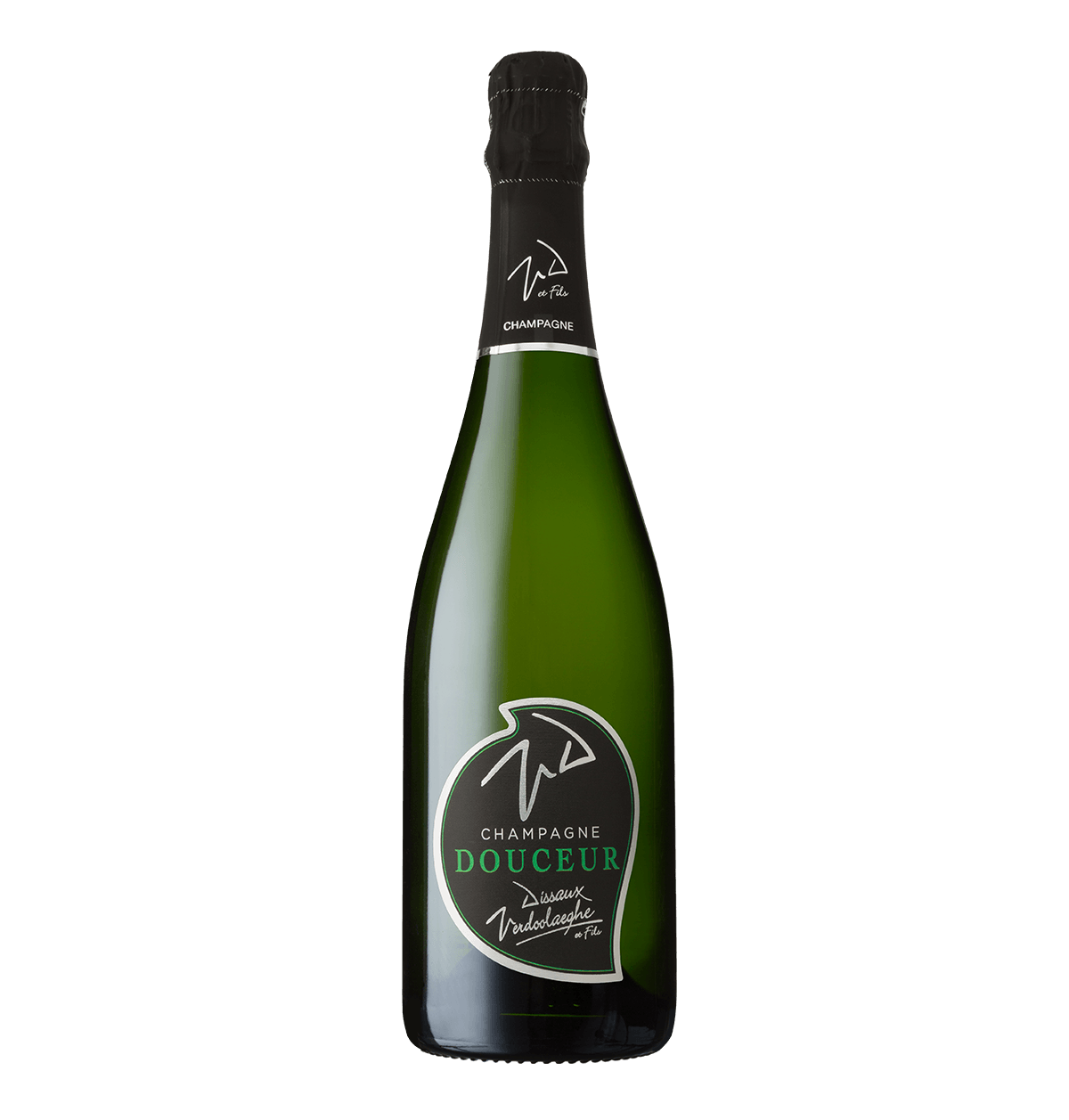
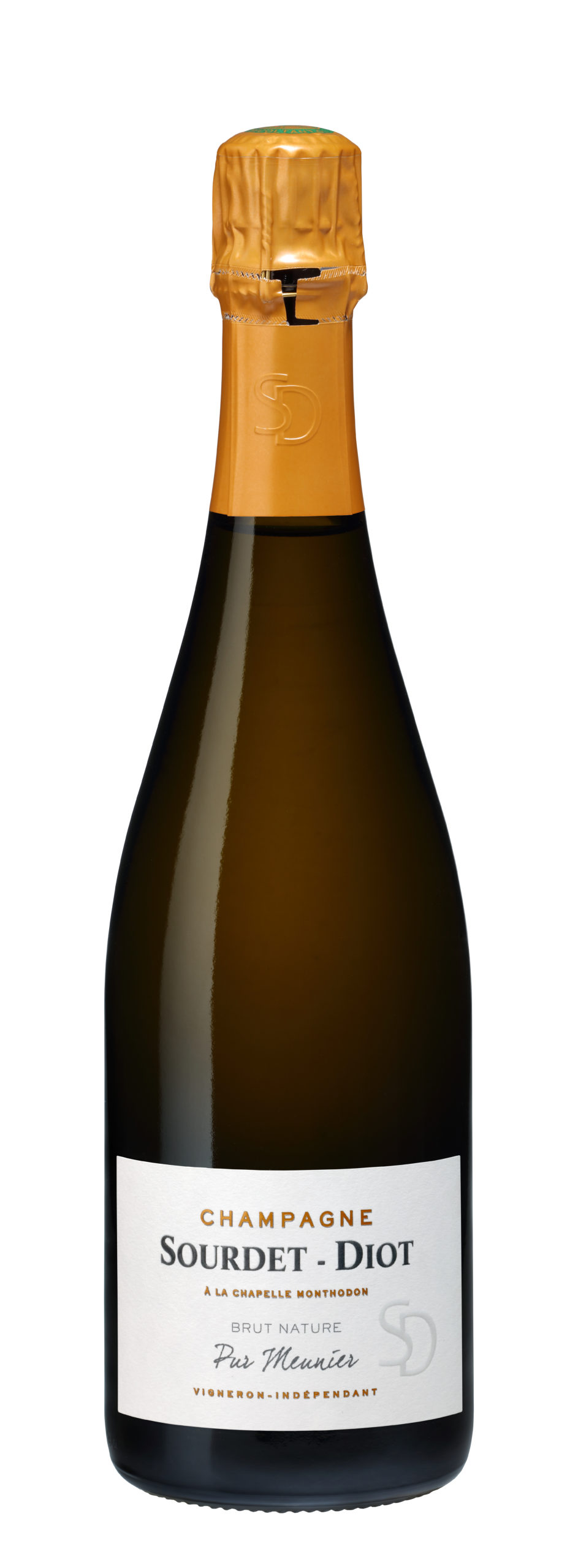
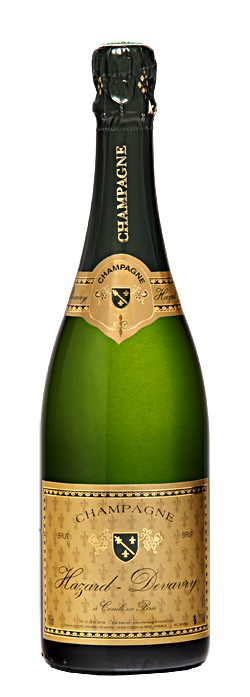
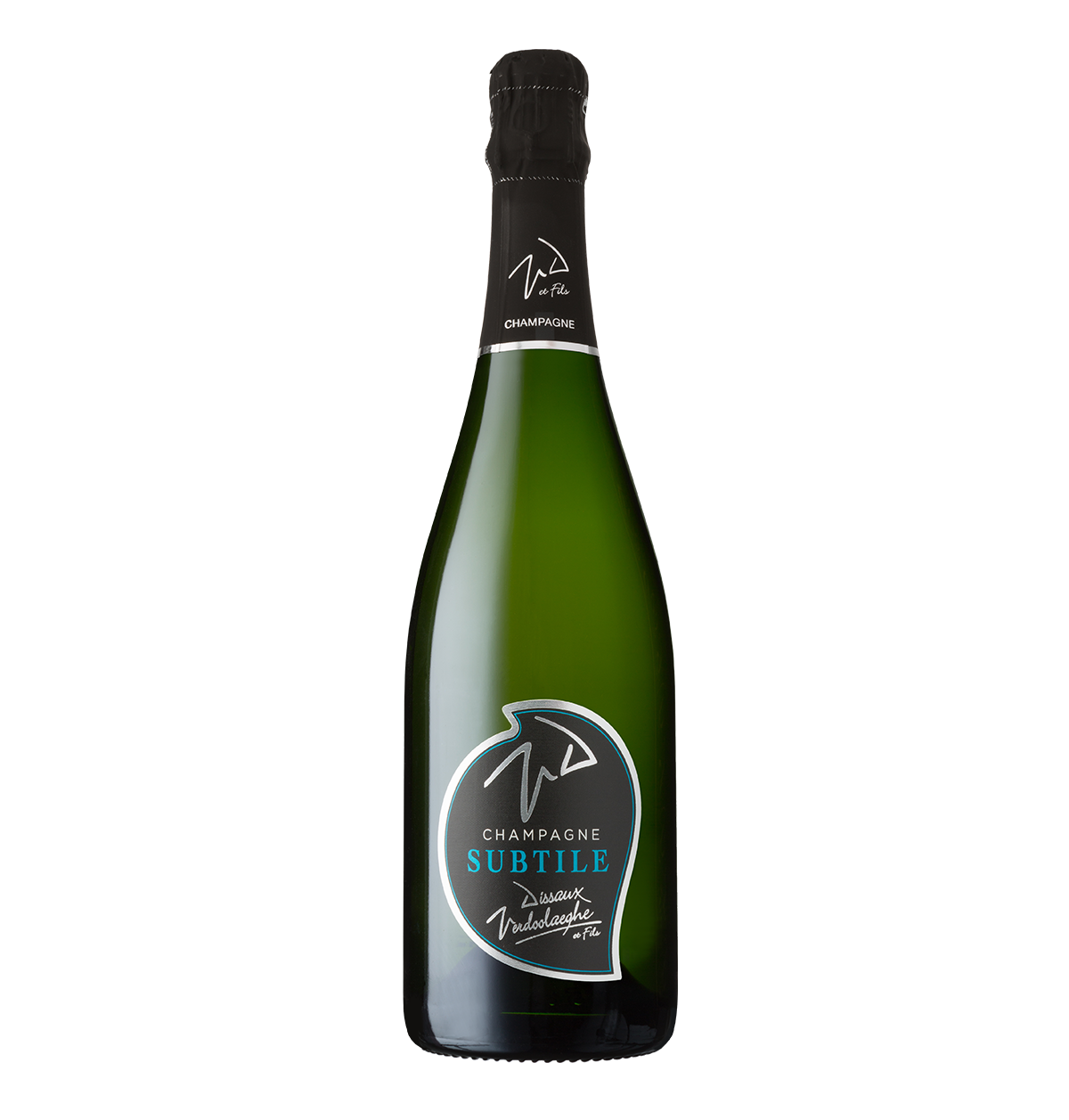

Champagne made exclusively from the juice of pinot meunier grapes.
Fut de chêne



The alcoholic fermentation, vinification and conservation are made exclusively in oak barrels. Blending of the year’s wines with reserve wines of one year or more, also aged in oak barrels. Malolactic fermentation is carried out
Extraordinary discoveries
Leguilette - Romelot
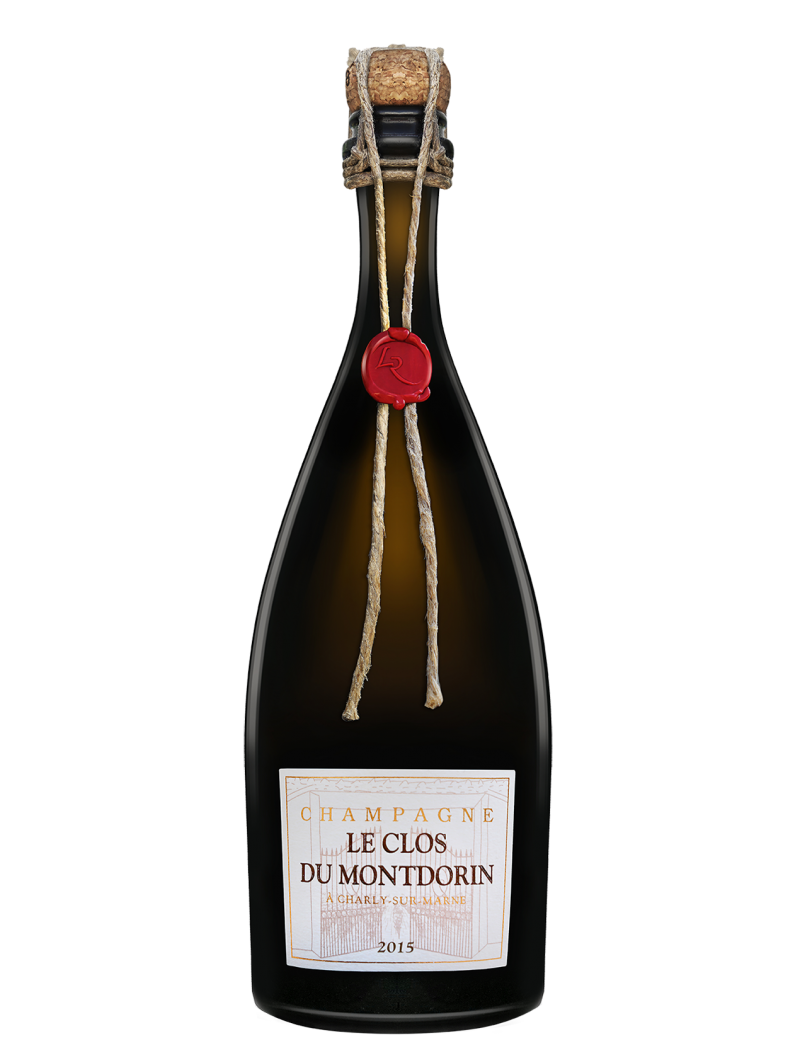
Le Clos du Montdorins. Champagne from Pinot Blanc, Arbanne, Petit Meslier
Derot - Delugny
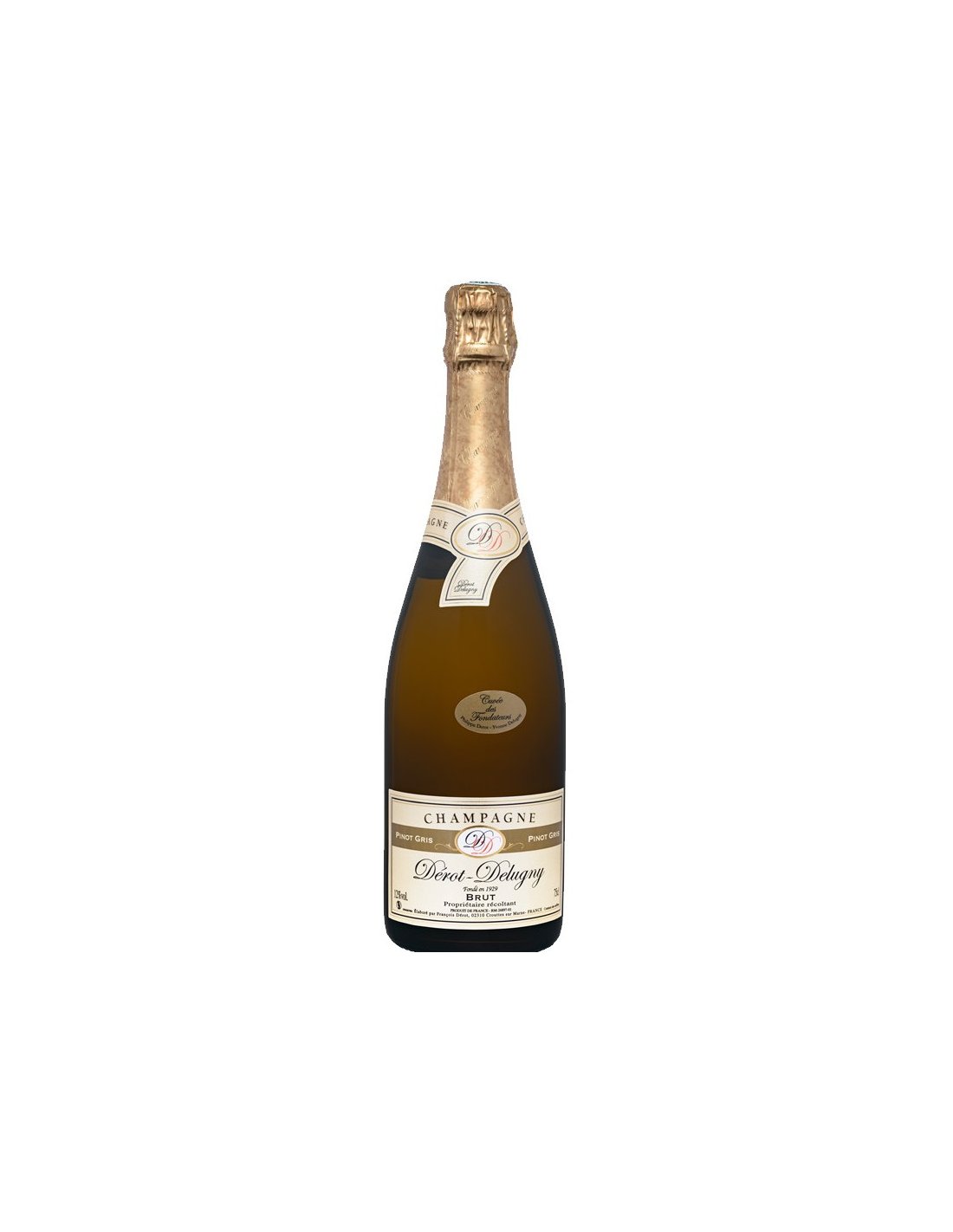
Olivier Père & Fils

Christophe Lefevre

Christophe Lefevre

R. Pouillon
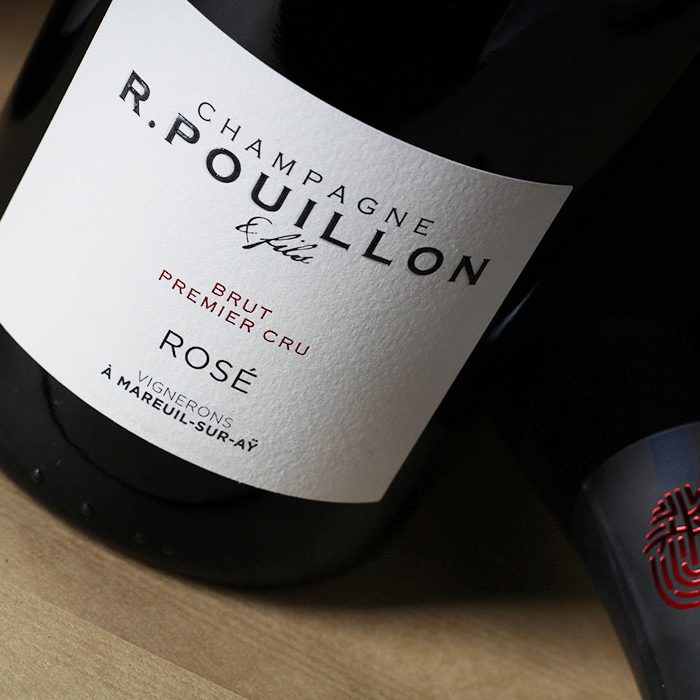
Extraordinary winegrowers
R. Pouillon

An extraordinary way of producing champagne
Baron Albert

Quite feminine winegrowers, 3 sisters manage the house, Claire, Lise and Aline.
La Parcelle
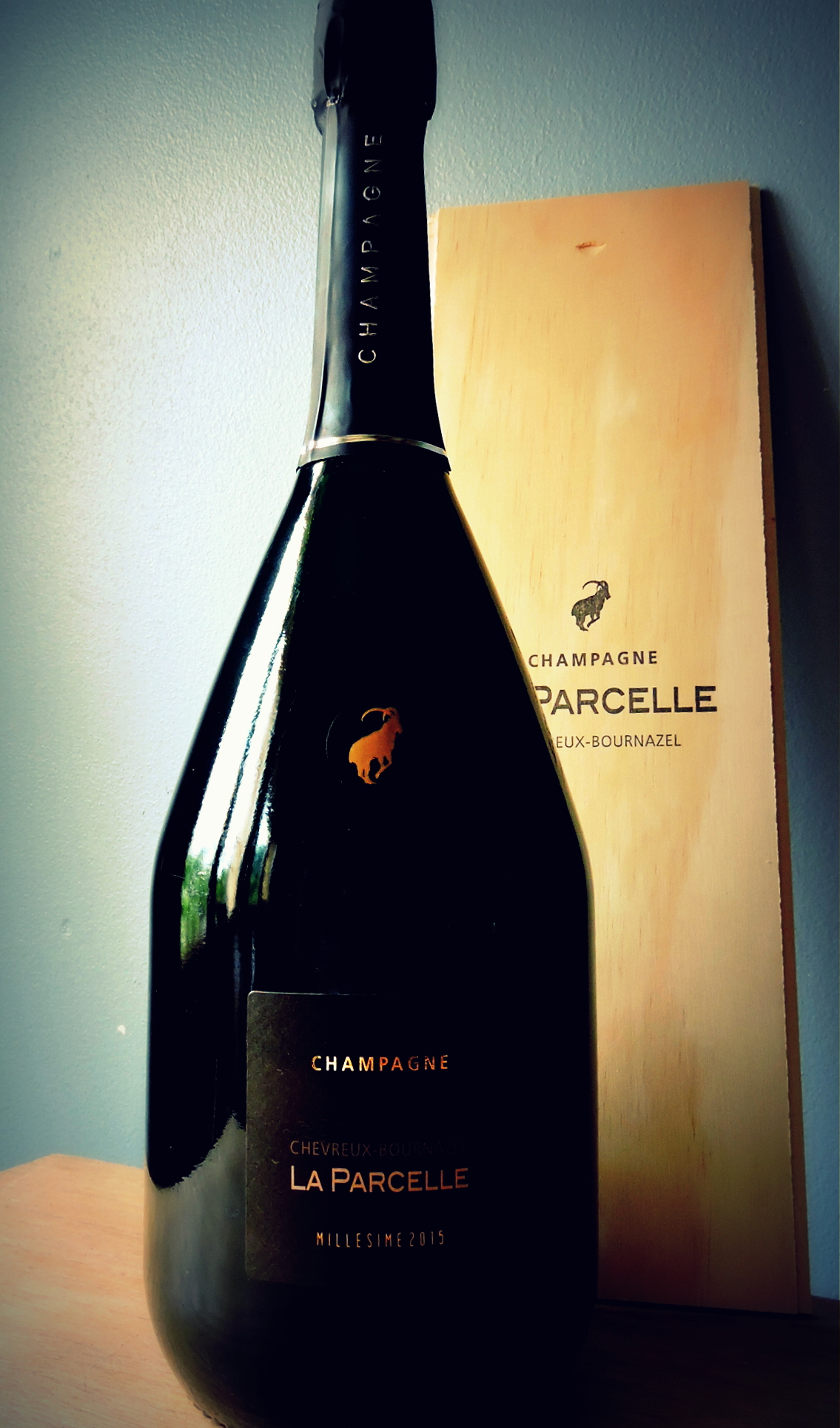
Champagne made by plot. The terroir is therefore of primary importance.
Bourgeois Diaz

Really organic champagnes and a really ‘cool’ packaging (labels)